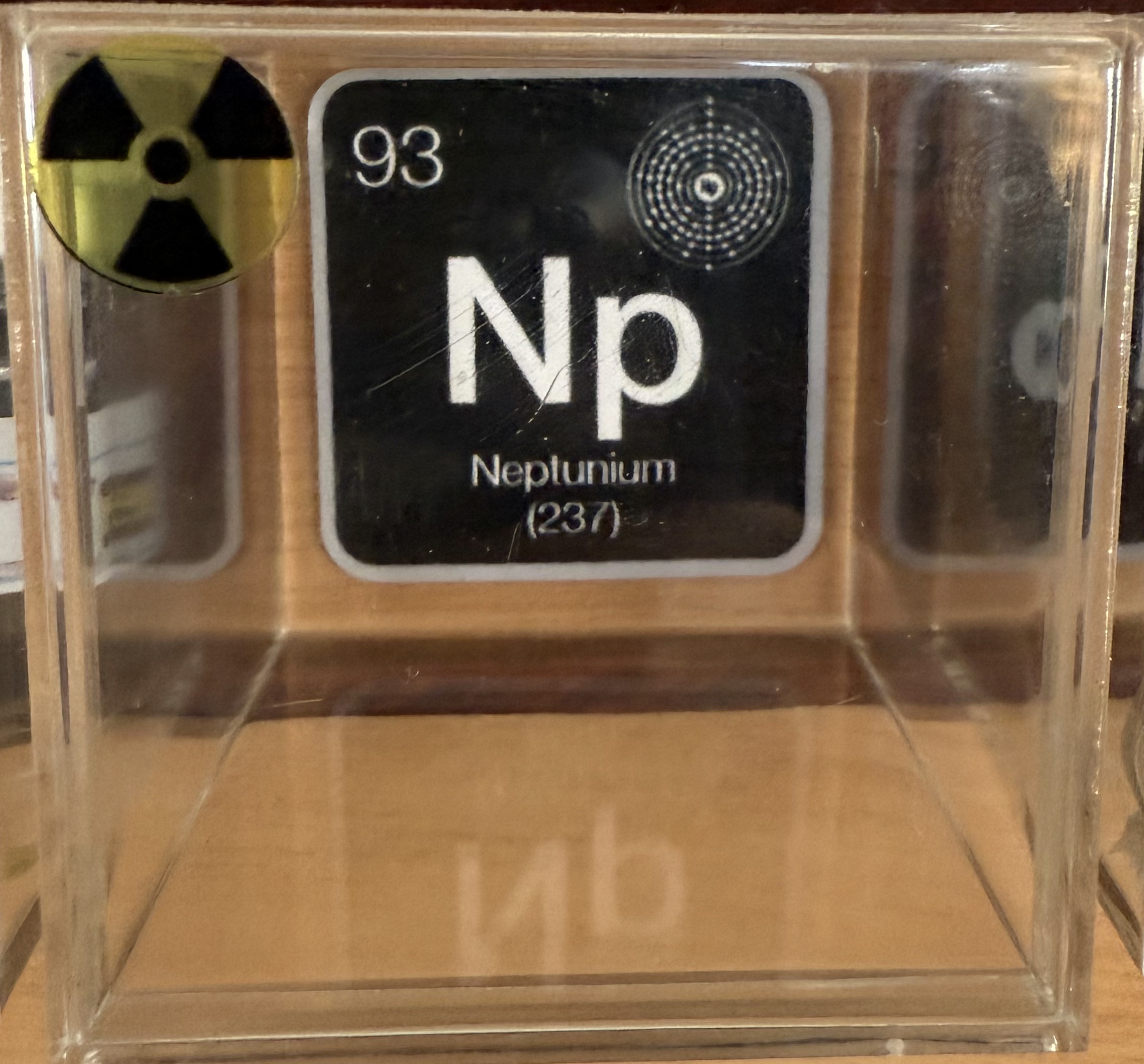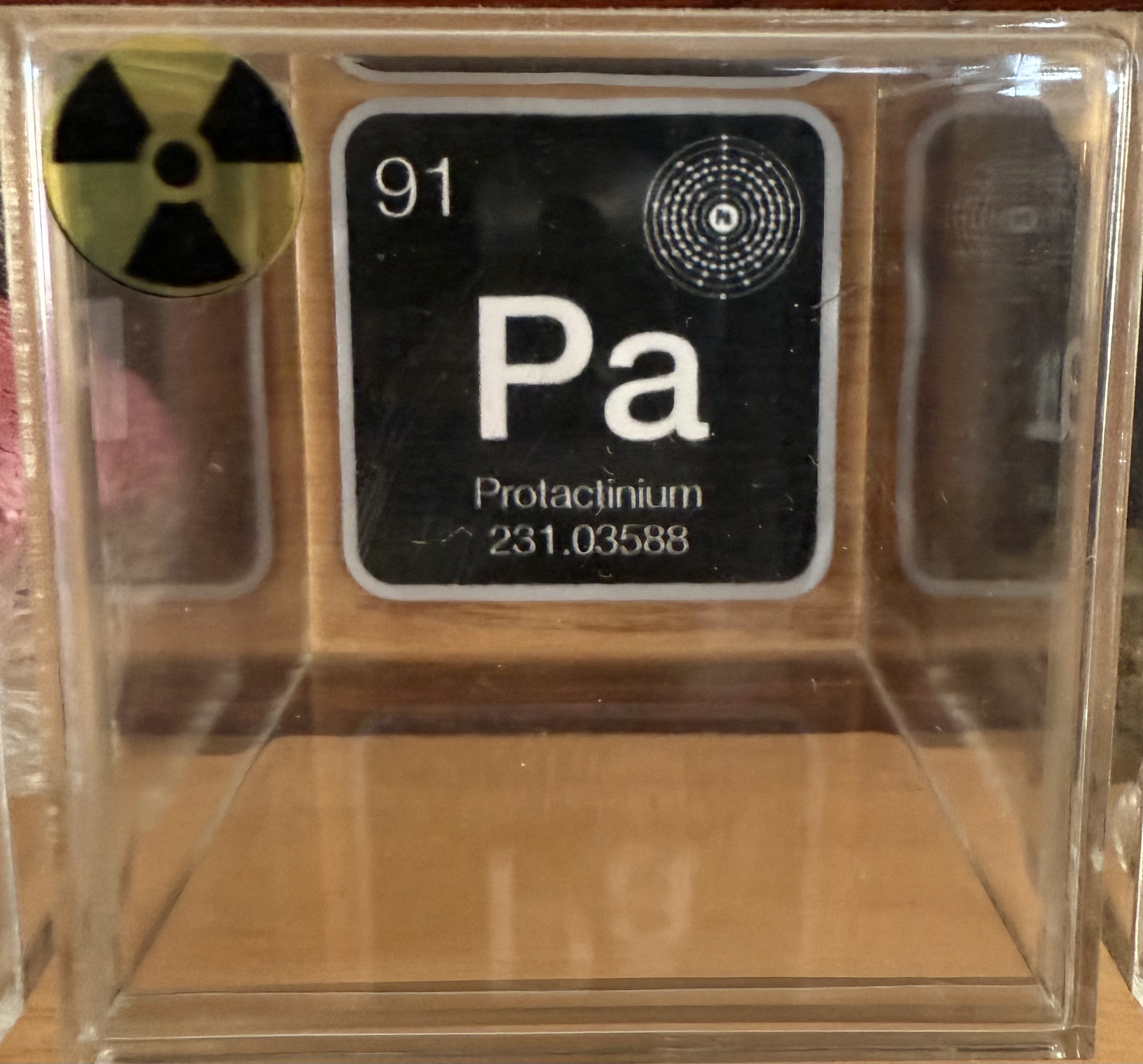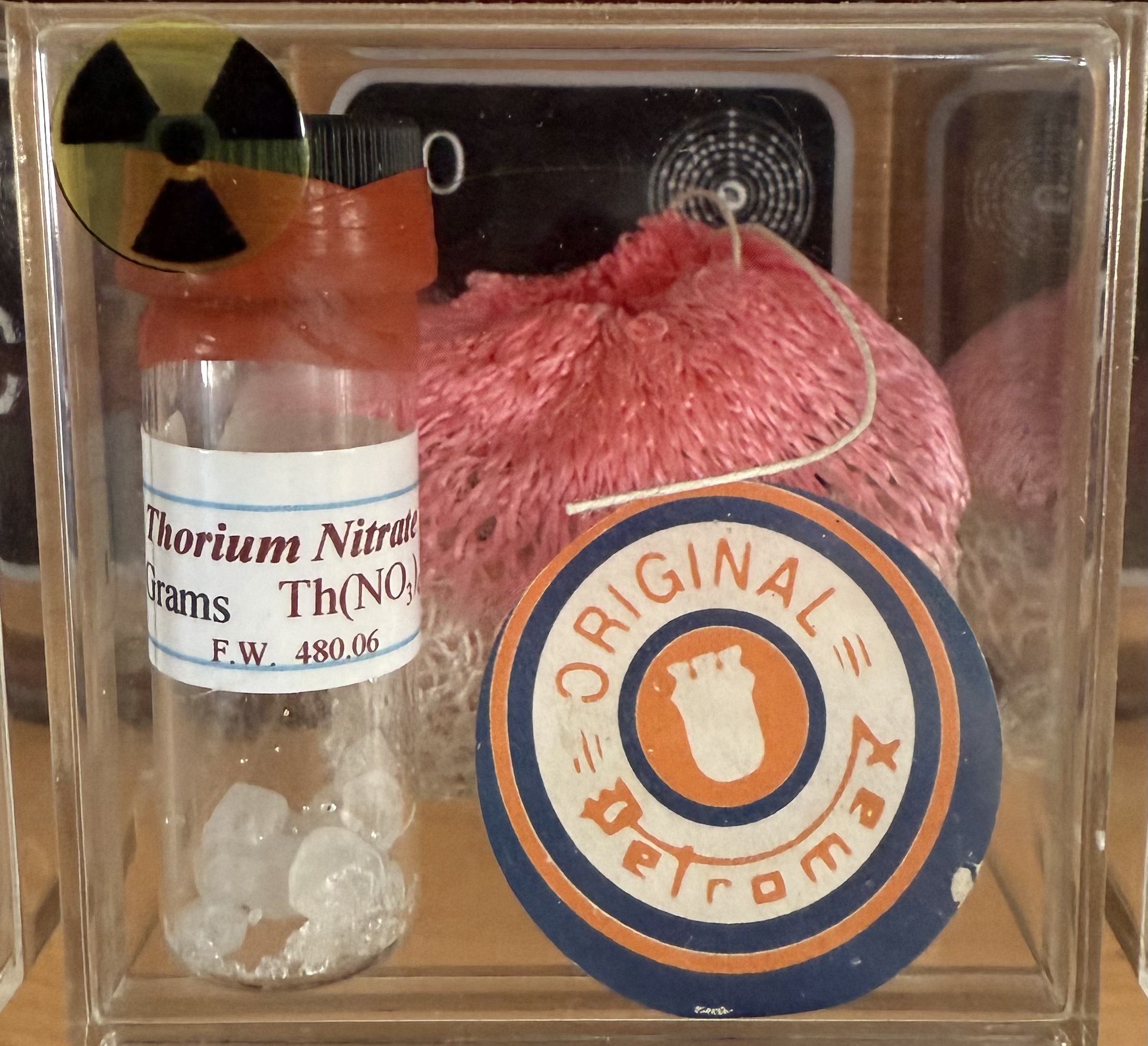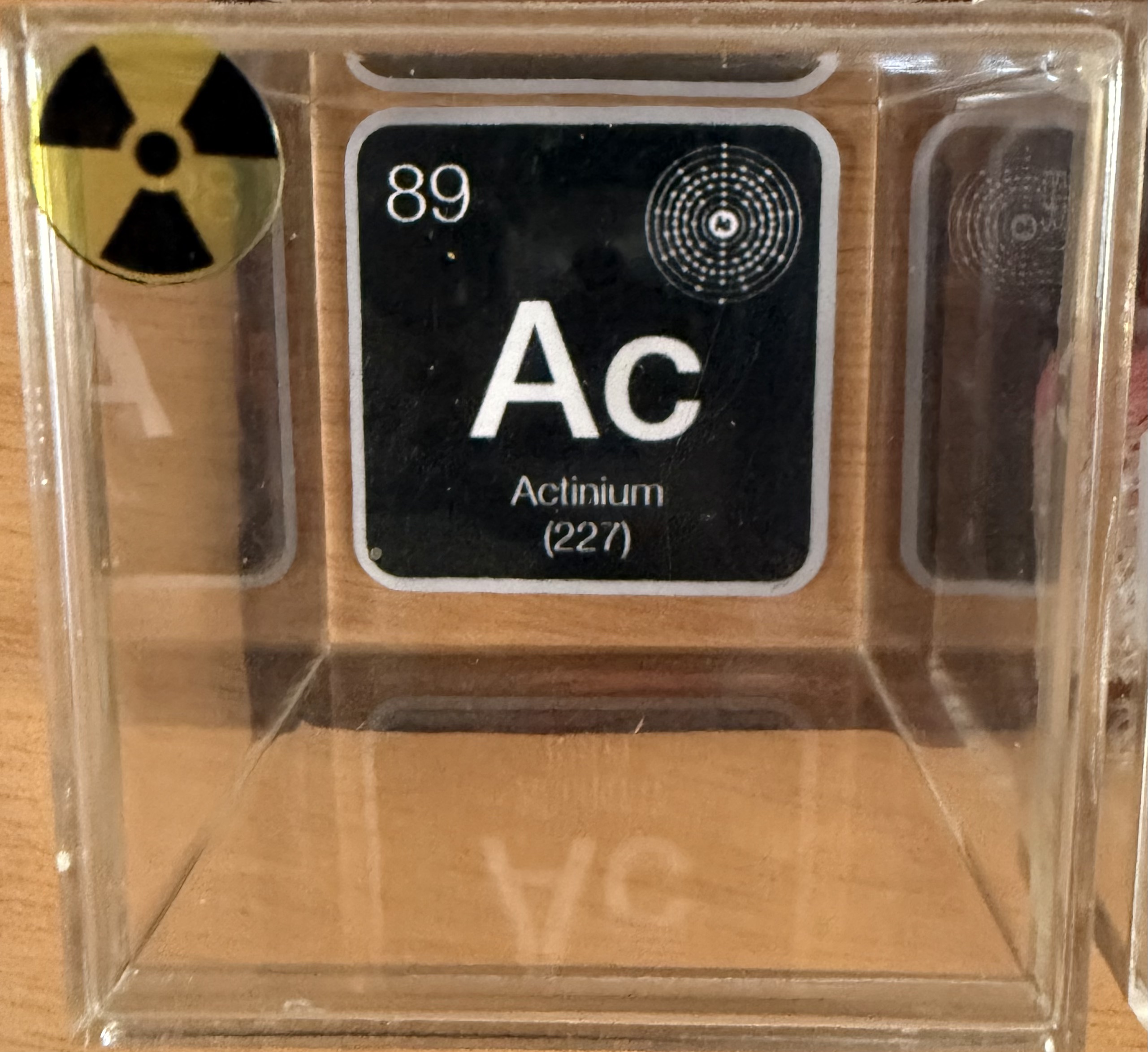Description
Actinides form a series of 15 elements in the periodic table, ranging from actinium (Ac) to lawrencium (Lr), occupying the bottom row of the f-block. These elements are characterized by their filled or partially filled 5f electron orbitals, which significantly influence their chemical and physical properties. Actinides are unique in that they all have radioactive properties, with many of them being synthetic, produced artificially in nuclear reactors or particle accelerators. Only thorium and uranium are naturally occurring in significant quantities, while elements like plutonium and neptunium are found in trace amounts as decay products of uranium.
The actinides are known for their ability to undergo nuclear fission, the process of splitting an atomic nucleus, which releases a large amount of energy. This property makes them particularly important for use in nuclear power generation and nuclear weapons. Uranium-235, for example, is a critical fuel for nuclear reactors, while plutonium-239 is used in nuclear bombs.
Chemically, actinides are typically reactive metals. They can lose multiple electrons to form a variety of different oxidation states, which makes their chemistry complex and interesting. Many of the actinides are silvery in appearance, though they tarnish when exposed to air, forming oxides or hydrides. They are also dense metals with distinctive nuclear properties.
Due to their radioactivity, actinides pose potential health and environmental hazards. Handling them requires special precautions to protect against radiation exposure. The long-lived radioactivity of some actinides, like plutonium, poses challenges for their disposal and makes them subjects of concern in terms of environmental contamination and nuclear proliferation.
The actinides are not only significant in their applications in energy and defense but also are of interest in scientific research, particularly in the study of nuclear physics and chemistry. Their complex electron configurations and the synthesis of new, superheavy elements in the actinide series continue to be areas of active research in modern chemistry.

Neptunium
Atomic Number: 93Atomic Mass: 237.0482 Introduction Neptunium (chemical symbol Np, atomic number 93) is one of the[…]




 using WordPress and
using WordPress and